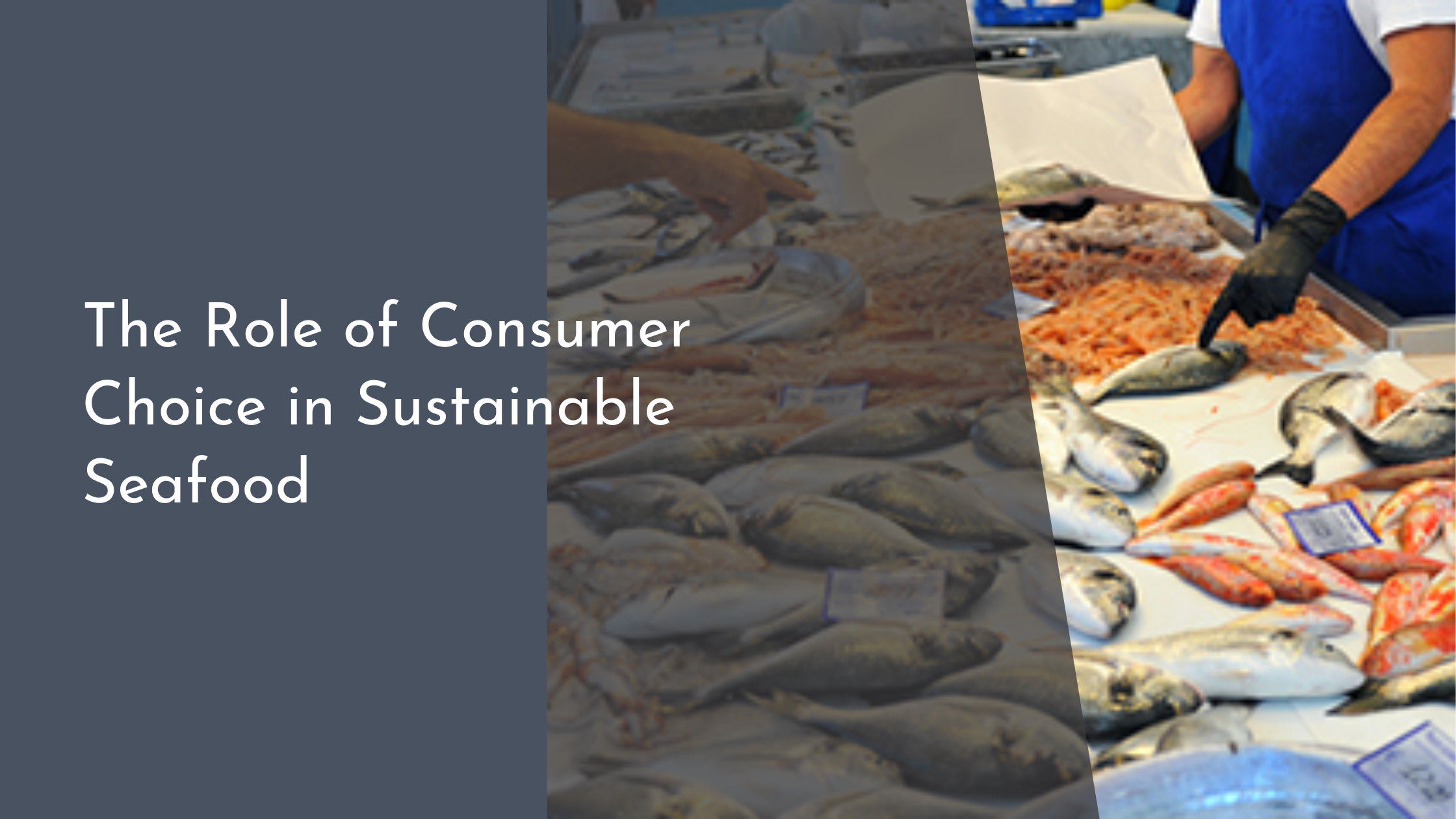The Role of Consumer Choice in Sustainable Seafood
In an era where environmental sustainability is at the forefront of global discussions, the concept of sustainable seafood has gained significant traction. This shift not only highlights the need to maintain our oceans’ health but also underscores the power consumers wield in shaping sustainable practices. Understanding the nuances of sustainable seafood and the influence of consumer choice is crucial for fostering a balanced and healthy marine ecosystem. Through informed decisions, consumers can play a pivotal role in supporting sustainable fisheries and ensuring that our oceans continue to thrive for future generations.
Understanding Sustainable Seafood Practices
Sustainable seafood practices are designed to meet the current demand for fish and other marine life without compromising the health of the ocean ecosystems or the ability of future generations to meet their needs. This involves responsible fishing and aquaculture operations that minimize environmental impact, such as avoiding overfishing, reducing bycatch (unintended capture of non-target species), and protecting ocean habitats. Certification programs like the Marine Stewardship Council (MSC) or the Aquaculture Stewardship Council (ASC) provide guidelines and standards that help fisheries and farms adopt sustainable practices.
Moreover, sustainable seafood practices aren’t solely about preservation; they are also about restoration. Efforts include initiatives to restore depleted stocks and promote biodiversity. By adopting these practices, fisheries and aquaculture can maintain productivity without depleting resources, thus ensuring a steady supply of seafood that does not harm the environment. Local communities also benefit through job security and the preservation of cultural fishing practices, which are often threatened by unsustainable methods.
The Impact of Consumer Demand on Fisheries
Consumer demand has a profound impact on fisheries, and it can either drive sustainable practices or exacerbate overfishing and environmental degradation. When consumers prioritize sustainably sourced seafood, they create a market incentive for fisheries to adopt environmentally friendly practices. This shift can lead to increased investment in sustainable technologies, stricter regulations, and comprehensive management plans that help balance economic and environmental interests.
On the other hand, unchecked demand for popular, but overexploited species can lead to severe consequences for marine life. Fisheries may resort to unsustainable methods to meet this demand, resulting in habitat destruction, reduced biodiversity, and the collapse of entire fish stocks. Therefore, consumer choices play a crucial role in steering the market towards sustainability and ensuring the long-term viability of marine resources.
How to Make Informed Seafood Choices
Making informed seafood choices begins with education and awareness. Consumers can start by familiarizing themselves with different types of seafood and their sustainability status. Resources such as the Seafood Watch program by the Monterey Bay Aquarium provide guidelines on which seafood is sustainable and offer alternatives to overfished species. Labels from certification bodies like MSC and ASC also indicate that the product has been sourced sustainably.
Additionally, consumers can engage with local vendors and restaurants to inquire about the origins of their seafood. Many establishments are increasingly transparent about their sourcing practices, and customers can support these businesses by choosing sustainably sourced options. By taking these steps, consumers can ensure their seafood choices align with their values, contributing to a healthier ocean ecosystem.
Celebrating the Power of Conscious Consumers
Conscious consumers wield remarkable power to influence the seafood market and drive change towards sustainability. By choosing sustainably sourced seafood, they not only preserve marine biodiversity but also support communities that rely on fishing for their livelihood. As more consumers make these informed choices, they create a ripple effect that encourages others to follow suit, amplifying the impact on sustainable practices globally.
The celebration of conscious consumerism extends beyond individual choices; it involves advocacy and education. Sharing knowledge about sustainable seafood and encouraging others to make responsible decisions can create a culture of sustainability. As consumers continue to prioritize environmentally friendly choices, they reinforce the message that safeguarding our oceans is a shared responsibility, paving the way for a healthier planet.
Ultimately, the role of consumer choice in sustainable seafood is both profound and empowering. By understanding sustainable practices and recognizing the impact of their demands, consumers can actively contribute to the health and vitality of our oceans. Each informed decision not only supports sustainable fisheries but also champions the broader mission of environmental stewardship. As we celebrate the power of conscious consumers, the collective impact of these choices promises a brighter future for our oceans and the communities they sustain.


